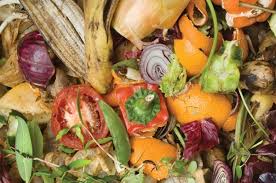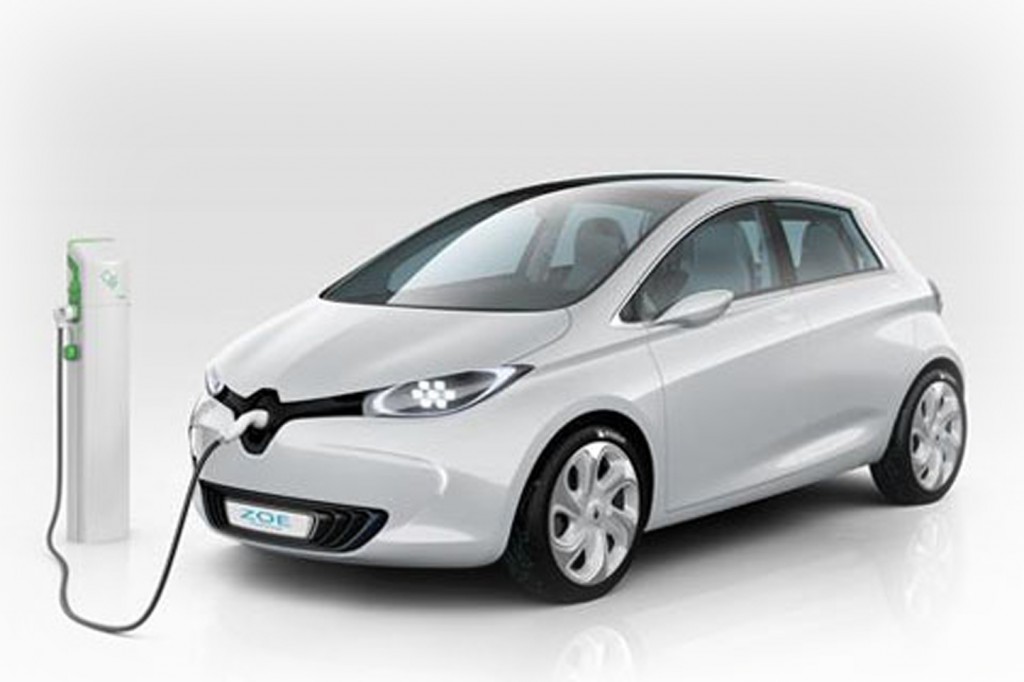As much as 2 billion tonnes of all food produced ends up as waste Institution of Mechanical Engineers calls on urgent action to prevent 50% of all food produced in the world ending up as waste 10 January 2013
 A report by the Institution of Mechanical Engineers has found that as much as 50% of all food produced around the world never reaches a human stomach due to issues as varied as inadequate infrastructure and storage facilities through to overly strict sell-by dates, buy-one-get-one free offers and consumers demanding cosmetically perfect food.
A report by the Institution of Mechanical Engineers has found that as much as 50% of all food produced around the world never reaches a human stomach due to issues as varied as inadequate infrastructure and storage facilities through to overly strict sell-by dates, buy-one-get-one free offers and consumers demanding cosmetically perfect food.
With UN predictions that there could be about an extra three billion people to feed by the end of the century and an increasing pressure on the resources needed to produce food, including land, water and energy, the Institution is calling for urgent action to tackle this waste.
The report ‘Global Food; Waste Not,Want Not’ found that:
• between 30% and 50% or 1.2-2 billion tonnes of food produced around the world each year never reaches a human stomach;
• as much as 30% of UK vegetable crops are not harvested due to them failing to meet exacting standards based on their physical appearance, while up to half of the food that’s bought in Europe and the USA is thrown away by the consumer;
• about 550 billion m3 of water is wasted globally in growing crops that never reach the consumer;
• it takes 20-50 times the amount of water to produce 1 kilogram of meat than 1 kilogram of vegetables;
• the demand for water in food production could reach 10–13 trillion m3 a year by 2050. This is 2.5 to 3.5 times greater than the total human use of fresh water today and could lead to more dangerous water shortages around the world;
• there is the potential to provide 60-100% more food by eliminating losses and waste while at the same time freeing up land, energy and water resources.
Dr Tim Fox, Head of Energy and Environment at the Institution of Mechanical Engineers said: “The amount of food wasted and lost around the world is staggering. This is food that could be used to feed the world’s growing population – as well as those in hunger today. It is also an unnecessary waste of the land, water and energy resources that were used in the production, processing and distribution of this food.
“The reasons for this situation range from poor engineering and agricultural practices, inadequate transport and storage infrastructure through to supermarkets demanding cosmetically perfect foodstuffs and encouraging consumers to overbuy through buy-one-get-one free offers. “As water, land and energy resources come under increasing pressure from competing human demands, engineers have a crucial role to play in preventing food loss and waste by developing more efficient ways of growing, transporting and storing foods. “But in order for this to happen Governments, development agencies and organisation like the UN must work together to help change people’s mindsets on waste and discourage wasteful practices by farmers, food producers, supermarkets and consumers.”
By 2075 the UN predicts that the world’s population is set to reach around 9.5 billion, which could mean an extra three billion mouths to feed. A key issue to dealing with this population growth is how to produce more food in a world with resources under competing pressures – particularly given the added stresses caused by global warming and the increasing popularity of eating meat – which requires around 10 times the land resources of food like rice or potatoes.
The world produces about four billion metric tonnes of food per year, but wastes up to half of this food through poor practices and inadequate infrastructure. By improving processes and infrastructure as well as changing consumer mindsets, we would have the ability to provide 60-100% more food to feed the world’s growing population.
The ‘Global Food; Waste Not,Want Not’ report recommends that:
1. The UN Food and Agriculture Organisation (FAO) works with the international engineering community to ensure governments of developed nations put in place programmes that transfer engineering knowledge, design know-how, and suitable technology to newly developing countries. This will help improve produce handling in the harvest, and immediate post-harvest stages of food production.
2. Governments of rapidly developing countries incorporate waste minimisation thinking into the transport infrastructure and storage facilities currently being planned, engineered and built.
3. Governments in developed nations devise and implement policy that changes consumer expectations. These should discourage retailers from wasteful practices that lead to the rejection of food on the basis of cosmetic characteristics, and losses in the home due to excessive purchasing by consumers.
You might also like “The Under-Recognised Public Health Problem of Food Waste” here
Like this:
Like Loading...




 Electric Vehicles provide clean and efficient transport systems – bus, car, bike, ferry EV also can be used as mobile energy storage/backup energy storage – EV can be charged during day from solar to provide additional backup energy for peak day/night if required with smart systems ensuring energy left for travel the next day and top up power from off peak electricity.
Electric Vehicles provide clean and efficient transport systems – bus, car, bike, ferry EV also can be used as mobile energy storage/backup energy storage – EV can be charged during day from solar to provide additional backup energy for peak day/night if required with smart systems ensuring energy left for travel the next day and top up power from off peak electricity.